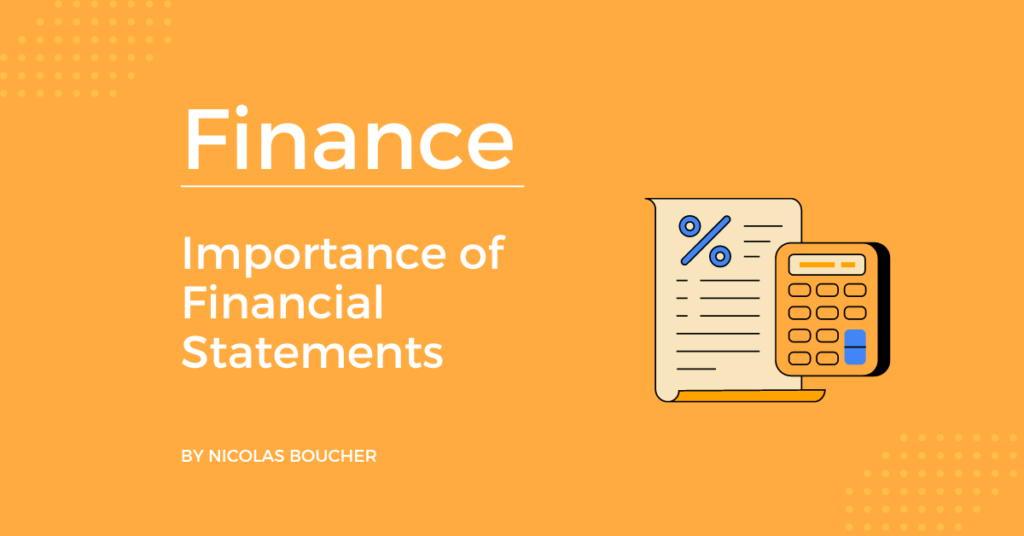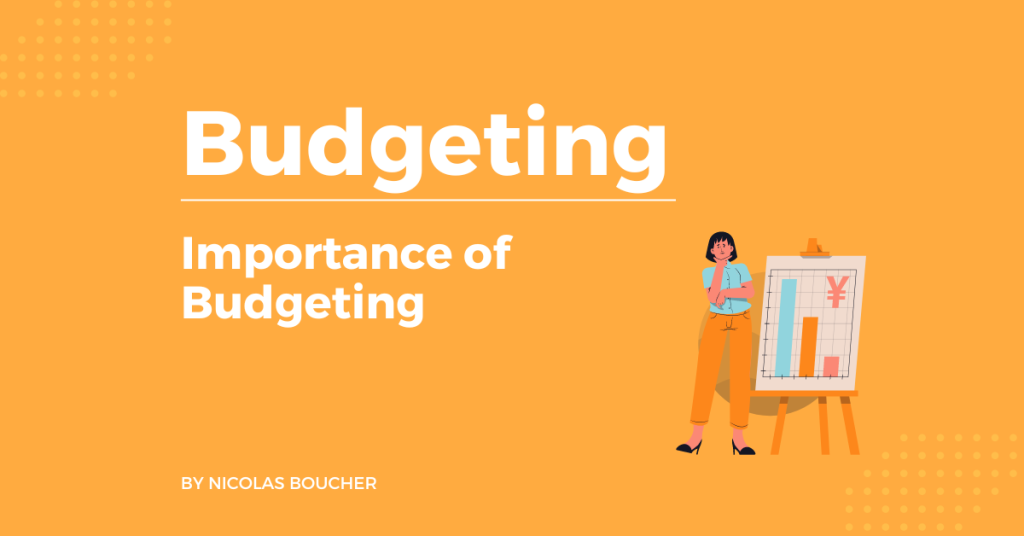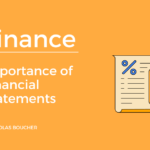Are you looking to transform your corporate finance operations?
Our step-by-step guide will help you maximize financial resources and create a more efficient, cost-effective system. We’ll show you how to streamline processes, reduce costs, and improve performance with our comprehensive approach to corporate finance transformation.
Read on to learn how to implement finance transformation at your company!
Table of Contents
What Is Finance Transformation?
The finance function has evolved significantly over the years. Traditionally viewed as a back-office, number-crunching hub, modern finance departments are now considered strategic partners that can influence business decisions. Therefore, the expectations are to provide real-time, data-driven insights to support strategic decision-making and contribute to the company’s growth.
4 Key Components of Finance Transformation:
- Technology: The role of technology in finance transformation cannot be overstated. From automating routine tasks with Robotic Process Automation (RPA) to leveraging AI and machine learning for predictive analysis, technology is a game-changer in finance.
- Processes: Simplifying and standardizing processes is another crucial aspect of finance transformation. It involves streamlining workflows and removing redundancies to enhance efficiency.
- Workforce: Transforming the finance function also requires a shift in the workforce’s skills and capabilities. There’s an increasing need for finance professionals who are not just good with numbers but are also adept at using advanced technologies and can drive strategic decisions.
- Data: Data is the backbone of any finance transformation. As a result, companies need to ensure they have robust data management strategies in place, allowing them to gather, analyze, and leverage data effectively.
Common Goals of Finance Transformation
Key objectives of finance transformation typically include cost reduction, scalability, and data-driven decision-making. By streamlining operations and leveraging technology, companies can reduce operational costs. Also, scalability ensures that the finance function can adapt to changing business needs without a proportional cost increase. Lastly, companies can make more informed, strategic decisions by effectively harnessing data.
Challenges and Benefits of Finance Transformation
Finance transformation comes with its set of challenges. It requires significant investment, change management efforts, and re-skilling of the workforce. Therefore, there may be resistance from employees used to traditional ways of working.
However, the benefits outweigh the challenges. A successful finance transformation can lead to cost savings, improved efficiency, better risk management, and more strategic, data-driven decision-making.
8 Steps for a Successful Finance Transformation:
Step 1 – Identify Opportunities
First, you must identify areas in your finance operation that can be improved or automated. Here are some examples thinking back to the four key components of finance transformation:
- Technology – You have one system for planning and another for reporting. All of the data is compiled manually in Excel for analysis.
- Processes – Your accounts payable process requires manual data entry and cross-checking by three team members.
- Workforce – Your team doesn’t have any experience with new tools like visualization software or predictive analytics.
- Data – Financial or operational data sets have different master data across the company making analysis challenging.
Step 2 – Establish A Vision
Develop a clear, high-level vision for the outcome of your transformation opportunities that you can across the organization. This should include objectives and expected outcomes. This is a critical part of change management, allowing you to gain consensus before moving forward.
Step 3 – Assess The Current State
It is important to assess the current state of a process before starting the transformation. Moreover, this includes identifying existing processes, tools, data sources, and personnel skillsets.
Step 4 – Develop A Roadmap
Once your assessment is complete, develop an action plan and timeline outlining what needs to be done, who needs to do it, and when it needs to be completed. As part of the planning process, consider potential risks and implement appropriate risk management measures.
Step 5 – Implement The Roadmap
Following the action plan, begin implementing changes. Furthermore, establish a clear communication strategy and ensure you inform all of the stakeholders throughout the process. Again, change management is one of the most critical pieces of transformation and you must address it at every stage.
Step 6 – Monitor Progress
As you implement the roadmap, monitor progress and measure success against the objectives and expected outcomes. Identify any areas that need improvement or adjustments to ensure maximum benefit from the changes. Continue communicating with key stakeholders to ensure they are up to date with progress and on board with any changes.
Step 7 – Evaluate Outcomes
When the transformation is complete, evaluate outcomes and assess their contribution to business goals. Furthermore, compare the expected outcomes with the actual results and make necessary adjustments or changes for future transformations.
Step 8 – Celebrate Success
Finally, celebrate successes! Acknowledge everyone who contributed to the success of the transformation and thanks team members for supporting this process. Use success stories to motivate others and reinforce the importance of transformation for future projects.
By following these steps, your organization will be well-positioned to leverage digital
Example: Transition Monthly Reporting To An Automated Dashboard
You are the leader of an FP&A team at a company growing rapidly. Your responsibilities include planning, reporting, and decision support for the largest operating unit. Leadership has tasked you with finding and implementing transformation opportunities to avoid the need to hire incremental team members as the organization grows.
Step 1 – Identify Opportunities
First, you gather the team together and have them document recurring processes across planning and reporting. Typically decision support has the least opportunities for transformation. After reviewing the information, you identify a monthly reporting process that can be automated and moved to an interactive financial dashboard.
Step 2 – Establish A Vision
You create a vision for the transformation. Automated reporting and an interactive dashboard will provide more insights into operational performance, improve reports’ accuracy, and save team members time so they can focus on more value-added activities.
You engage with your finance leadership and client organization to ensure they are onboard. While it will require some training and adjustment, it’s an easy sell as dashboards provide more information with more customization than any deck or Excel file ever could.
Step 3 – Assess The Current State
First, you assess the current state of the process. Second, you review existing reports and processes to ensure all essential pieces are accounted for, including data sources, calculations, visualization options, security protocols, and other considerations.
Additionally, you can source data straight from the accounting system, but your company owns no visualization tools. You must buy a tool and train the team to develop visuals.
Step 4 – Develop A Roadmap
Now, you design the target state process. Then, you create a detailed transformation process map outlining data requirements, calculations, and reporting structures. Furthermore, this will be the foundation of your interactive dashboard and automated reporting. The roadmap also provides a timeline, roles and responsibilities, and resource needs. You also build in buffer time as a contingency to mitigate the risk of delays.
Step 5 – Implement The Roadmap
You begin to implement the transformation. Then, you work with IT to ensure data sources are connected, calculations are running correctly, and security protocols are in place. Next, you develop any additional reports or visualizations needed and ensure team members have the training to use the new interactive dashboard and automated reporting process.
Step 6 – Monitor Progress
You monitor the progress of the transformation and assess how well team members adapt to the new process. Regular check-ins with finance leadership and client organizations ensure the successful adoption of your new automated reporting and interactive dashboard.
Step 7 – Evaluate Outcomes
Finally, you evaluate the outcomes of your automated reporting and interactive dashboard transformation. Moreover, you analyze the results achieved and document any improvements that can be made to optimize the process further.
Step 8 – Celebrate Success
The last step of the transformation is to celebrate your success! Share your achievements with colleagues, and thank everyone involved in the process. Your efforts have helped enhance the company’s data capabilities and improved reporting structure for all stakeholders. ˚ Congratulations on a job well done!
Frequently Asked Questions
Why Is Finance Transformation Important?
Finance transformation is important for organizations to remain competitive and successful. It helps them improve efficiency, reduce costs, and increase transparency in processes and decision-making. Furthermore, it can help increase employee morale by allowing them to focus on more strategic tasks instead of wasting time on mundane tasks and inefficient processes.
What Is An Example Of Finance Transformation?
A common example of finance transformation is the introduction of a cloud-based ERP system. This would allow organizations to access financial data in real-time from anywhere and make faster, more informed decisions while reducing manual processes and costs associated with maintaining an on-premise system. Another example is the implementation of robotic process automation (RPA), which can automate tedious and repetitive finance tasks to improve efficiency and accuracy. Finally, shared services centers are another example of finance transformation as they can help reduce costs by consolidating accounts payable or accounts receivable into a single entity.
What Is Agile In Finance Transformation?
Agile in finance transformation refers to introducing incremental changes quickly and efficiently. It is a concept borrowed from software development, which emphasizes collaboration, flexibility, and continuous improvement. With an agile approach, organizations can test different ideas quickly and react to feedback to make better decisions more rapidly. This can reduce costs while ensuring that you achieve the desired outcome.
Key Takeaways
- Finance transformation refers to optimizing finance operations through technology and streamlining processes.
- The benefits of finance transformation include cost reduction, scalability, and data-driven decision-making.
- Challenges associated with finance transformation include significant investments, change management efforts, and potential workforce re-skilling.
- A successful finance transformation requires setting clear goals, investing in the right technology, and managing change. Regular monitoring and adjustments of the process are also important for success.
- An example of a successful finance transformation is transitioning monthly reporting to an automated dashboard.
- Finance transformation is essential for businesses to remain competitive in today’s digital world. A successful finance transformation can improve operational efficiency and reduce expenses.
About The Author
Mike Dion is an experienced FP&A expert who has had the opportunity to work for both big and small companies across Media, Entertainment, Telecom, and Construction. He shares his knowledge of Finance and Accounting at F9Finance.com to make it easy and understandable for all readers.











